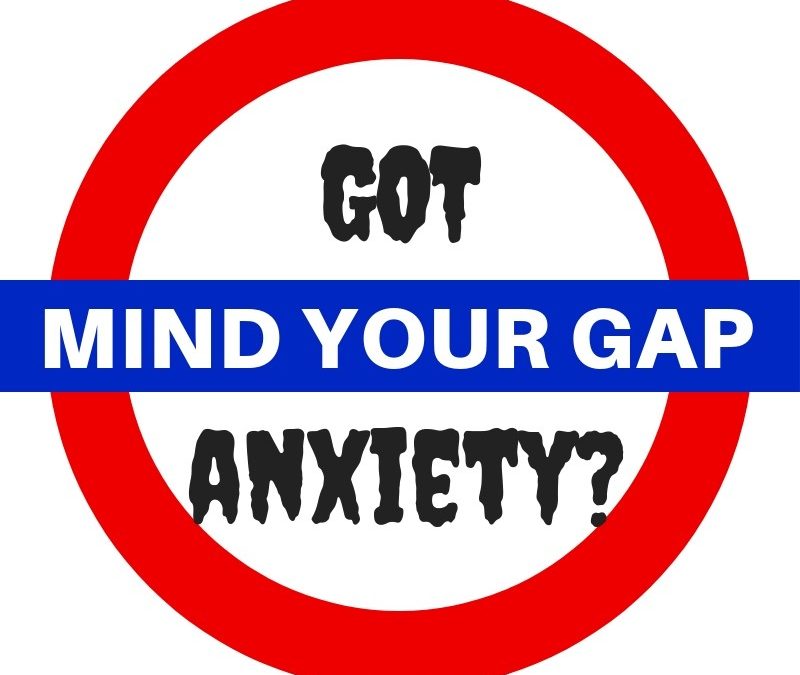For some, thigh gaps are the epitome of beauty and sacrifice… Unfortunately many of these people also measure their self-worth by it…
No gap = no self-worth, leading to self-loathing, intense shame and internal hatred.
Small gap = small self-worth and thoughts of “if only, then they’d” (if only I exercised more/ate less then they’d hire me/love me more)
In this thinking, a thigh big gap means the better person I am, the more beautiful, the more desirable.
There’s a clear correlation between their thigh gap and their self-worth. The smaller the thigh gap the bigger the anxiety levels. The law of inverse proportions.
And it got me thinking about the rest of us. The ones that perhaps aren’t driven by a thigh gap. The ones that are driven by something else altogether… and for everyone that will be something very different.
So does the law of inverse proportions still apply to us?
All of us have our own personal thigh gap.
Our personal thigh gap is that space between what you want… and what you have, or what you think you can have, your expectations.
After coaching thousands of people, and asking them about their personal thigh gap, patterns start to emerge.
And what I’ve noticed is this… The bigger our personal thigh gap, the bigger and higher our anxiety levels. Take the woman that feels stuck in a loveless marriage that knows deep down that this isn’t how life is supposed to be. High expectations + low reality = big gap = big anxiety.
Compare that to the woman who feels comfortable in who she is, loves the man she’s with, deals openly with challenges as they arise, and feels safe. Low expectations + high reality = small gap = low anxiety.
Or the boss that demands perfection of themself and everyone around them 100% of the time. Impossibly high expectations that no one can live up to, including them. And so as the gap between their perfectionist ideals and the reality of life expands, so does their anxiety level.
But that didn’t fit with my law of inverse proportions theory…
Until, I realised that what ‘real’ thigh-gappers wanted wasn’t really the gap, it was what they believed the gap gave to them – love, acceptance, value. All the things that we ALL want, but they felt they could only have with the attainment of the elusive thigh gap.
When their ‘personal thigh gap’ between what they want (healthy self-worth and to be loved) and what they feel their actually worth is (which is driven by the size of their actual thigh gap), is big so is anxiety.
For all of us, a big personal thigh gap drive can unresourceful behaviours like eating disorders, cheating, withdrawal and rage.
The woman in the loveless marriage isn’t stuck… She has options. Maybe her expectations of what a fulfilling marriage is are based on Disney movies or Mills and Boon romance novels and need to be adjusted, or maybe she needs to up her own levels of personal happiness and significance first so that she can be more open to re-creating connection and love.
Whichever way you chose to reduce your personal thigh gap (and therefore your anxiety levels) is up to you, but it comes from changing either your expectations or changing your current life position, and you get to choose
For me, I’m happiest when my thigh are rubbing together, with the gentlest of caresses.
